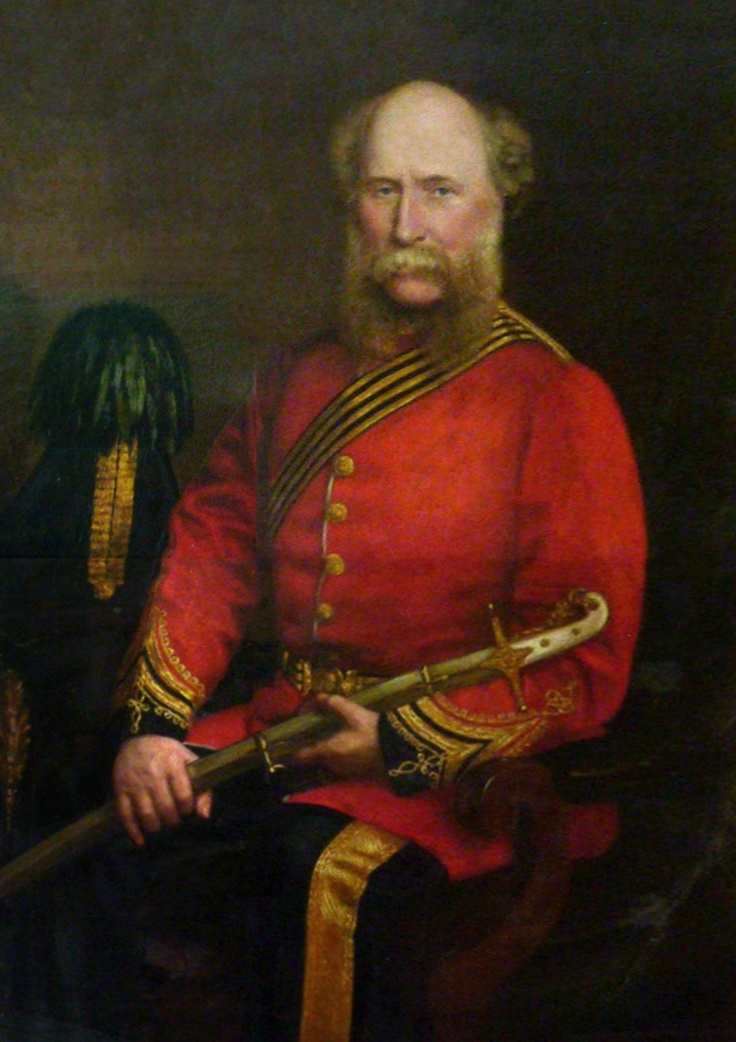About 4 Kms from the Madras Museum is a very short road called Balfour Road. It is so short, that even local politicians who love ‘indianising’ English street names, have overlooked it! Ah, who was the honourable Balfour?

Dr. Edward Green Balfour came to India as an army doctor in 1834 and retired as Surgeon-General of Madras in 1876. This good doctor was more than a good doctor. He translated a book of Persian poems to English, wrote a Hindi version of an English manual of obstetrics; produced scholarly monograms on public health, climate, environment, forestry, astronomy, biology, geology and more; he held responsible positions in Public Finance — as investigator of the humongous debts of the Nawab of Arcot, Examiner of Medical and Army Accounts, and even a quality control official of the Madras Mint. He was a jack of all trades AND master of most of them! Madras is specially indebted to him: for he gave it India’s first Government Museum!
As President of The Madras Literary Society, Balfour lobbied hard for a museum to highlight local treasures. The Madras Museum was successfully established in 1851with Balfour as its first chief officer. His passion and sincerity motivated the local elite to contribute many artefacts; the Nawab of Arcot even donated some wild animals! Naturally, this Museum cum zoo soon outgrew its College Road building. In 1854, it shifted to “The Pantheon”, a public hall in Egmore where it stands till today. Now you know why the Museum Road is called the Pantheon Road.
Admission was free, and people flocked to this wondrous place. In 1855-56 this museum hosted 366873 visitors, while the British Museum in London had only 347683 visitors. In time, the animal collection exceeded 300 specimens. So, in 1863 all the animals were moved to a separate zoo at People’s Park (behind the present-day Central Railway station). Local citizens loved both places and even had their own nick-names for them: “Seththa College” — meaning “the college of dead artefacts” for the museum, and “Uyir College” meaning “the college of live exhibits” for the zoo.
Balfour was succeeded by a string of inspired superintendents — doctors, biologists and even a police captain! Robert Chisholm and Henry Irwin, two brilliant architects of the Indo-Saracenic genre, added some stunning buildings to the museum complex — the Italianate-style Museum Theatre, the Connemara Library and the National Art Gallery. The museum even housed an aquarium. Unfortunately, it was dismantled in 1942, when the Air Raid Protection Force commandeered parts of the museum to secure against a possible Japanese attack. The attack never came, but the aquarium was gone forever.
Today, there are about 54 galleries in the museum covering various themes including zoology, biology, geology, numismatics, philately, sculpture and painting. It is believed that this museum has the largest collection of Roman artefacts (including a large number of coins) outside Europe. The bronze collection and the stone sculpture section house some of the finest specimens in the world. The man who triggered all these, surely deserves more than a forgotten road that is only 0.3 Kms long?
Tailpiece: Balfour was a liberal and feminist at heart. He supported the idea of Indians running their own government. He was influential in opening up medical education for women. Thanks to this, Mary Ann Scharlieb graduated from the Madras Medical College as India’s first lady doctor!
Archives
- January 2022
- December 2021
- November 2021
- August 2021
- March 2021
- February 2021
- January 2021
- December 2020
- November 2020
- October 2020
- September 2020
- August 2020
- April 2020
- March 2020
- February 2020
- January 2020
- November 2019
- October 2019
- September 2019
- August 2019
- July 2019
- June 2019
- August 2017
- February 2017
- January 2017
- October 2013
Featured Posts
- Tales that pots tell: Keeladi excavations AUGUST 18, 2021
- The Last Grand Nawab: Wallajah FEBRUARY 10, 2021
- How Tej Singh became Raja Desingu of Gingee FEBRUARY 5, 2021
- How Shahjahan seized the Mughal throne JANUARY 28, 2021
- Alai Darwaza – Qutub Minar Complex, Delhi NOVEMBER 21, 2020
- Marking History through British buildings NOVEMBER 17, 2020
- The last great queen of Travancore NOVEMBER 7, 2020
- Brahmi and the evolution of scripts OCTOBER 15, 2020
- The Cambodian King of Kanchipuram OCTOBER 14, 2020
- James Prinsep – the man who read the writing on the wall OCTOBER 10, 2020
- Mariamman – the Village Goddess who travelled SEPTEMBER 30, 2020
- Misnamed Monuments of Mamallapuram SEPTEMBER 28, 2020








